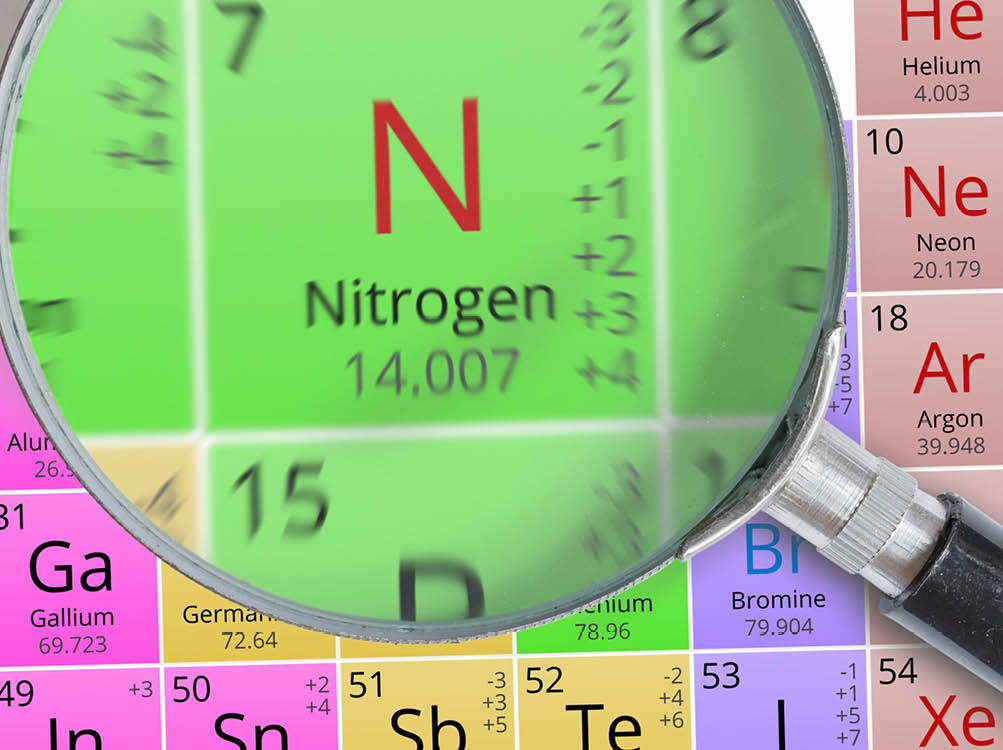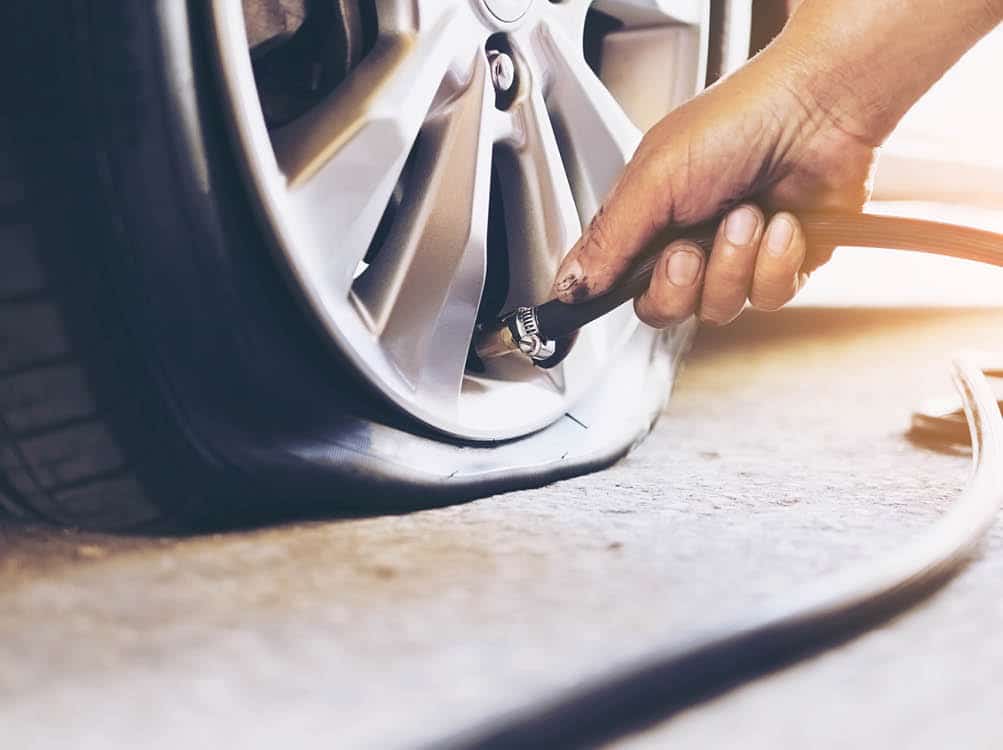As a laser-cutting assist gas, it helps in the processing of steel and other metals; while in spray painting, its use gives unmatched paint finishes. Used in food packaging, it extends shelf-life and, as nitrogen is inert, it can be used to prevent fires and explosions.
In fact, you will find nitrogen in any application where you need to get the most out of your tyres, to make them safer and last longer. Nitralife is an international pioneer in the on-site generation of nitrogen gas, and, as such, is expert in the continuous reliable supply as well as the applications for this gas. Whatever quantities of nitrogen you need, Nitralife will either have stock or will manufacture a custom-designed generator tailor-made to suit your specifications and application exactly. But what makes Nitrogen so different to air?
BENEFIT #1
No oxidation aging
A nitrogen filled tyre will not oxidise/age on the inside. It will be stronger and hold pressure like a new tyre even when it is at the end of its life.
BENEFIT #2
Tyres run at optimum temperature
Nitrogen is a pure, inert gas and does not retain heat. A tyre that does not over-heat, will react the way it was designed to and will be a better performing, safer tyre.
BENEFIT #3
Tyres maintain pressure better
Because Nitrogen is the slowest migrating gas through a tyre, fewer top-ups are needed, and therefore less worry about your tyre. Nitrogen escapes out of a tyre nearly 4 times slower than oxygen and 117 times slower than gaseous water vapour.
BENEFIT #4
Extended tyre life
A tyre at the correct temperature and correct pressure will give maximum tyre life. Inflate with Nitrogen for a safer, longer-lasting tyre.

What is Nitrogen?
Nitrogen is essentially the air minus the oxygen, water vapour and a couple of less significant gasses that make up our atmosphere. But it is really the oxygen and the water vapour we want to get rid of.

Did you know
Oxygen gas migrates (escapes) through a tyre nearly 4 times faster than Nitrogen and gaseous water vapour migrates through a tyre approx. 117 times faster than Nitrogen, with the water vapour being made every day in your tyres with air when it heats and cools.

Why your tyre loses pressure
The biggest problem is that while these two gasses are migrating through your tyre, they are oxidising / aging your tyre’s rubber from the inside out, making it more porous, and further speeding up the pressure loss.
Is Nitrogen dangerous?
No. Nitrogen is an inert, dead gas. It cannot burn or explode, and is also completely dry. In fact, nitrogen is used in most fire extinguishers.
Do I change my pressures when I inflate with Nitrogen?
No always inflate your tyres to the pressures recommended by the tyre manufacturer/dealer. Because your tyres are inflated with nitrogen, they should remain at optimum pressure
Can I top-up my tyres with air?
Yes, but it is not recommended. Nitrogen makes up 78% of our atmosphere. But always, if possible, use nitrogen. Diluting the nitrogen will dilute the benefits.
What if I have a puncture?
You can inflate the repaired tyre with air if nitrogen is not available. Just convert it back to nitrogen at your earliest convenience.
Can inflating your tyres with Nitrogen help fuel economy?
Yes, because your tyres are at the correct pressure all the time, their rolling resistance will be reduced, reducing the energy being consumed, thereby lowering fuel consumption.
Less friction equals less consumption of energy.
Can I use a Nitrogen cylinder or a nitrogen liquid bulk tank to fill my tyres?
Nitrogen from a cylinder is the same gas as on-site nitrogen from a nitrogen generator, but cylinder nitrogen is very high pressure (approx. 200bar). It is therefore very dangerous. The gas would also need to be purchased per kilogram, so it is expensive.
Liquid bulk nitrogen is expensive to fill tyres with, but less expensive than cylinder nitrogen. It is also very dangerous and easily wasted (a leak in a pipeline would amount to a significant cost).
Nitrogen in its cryogenic form is at approx. minus 180 degrees Celsius, and so needs to be handled with extreme caution. Cylinder nitrogen and cryogenic nitrogen are most commonly used for industrial applications.
Due to the hazards of handling them, and the cost of the gas, it makes cylinder and liquid bulk nitrogen impractical to use to inflate tyres.
Nitrogen gas made by an on-site nitrogen generator is at approx. 10bar and at ambient temperature. The gas is also continuously generated as needed. The only cost involved is the purchase/rental of the nitrogen generator and the running cost of the compressor, and so it is the most cost-effective method when compared to the previous two methods. A common leak in a hose or a pipeline would not cost anything.
Onsite nitrogen is, therefore, the perfect method for tyre inflation.
Will it make my car faster?
No. But it will make your car safer.
